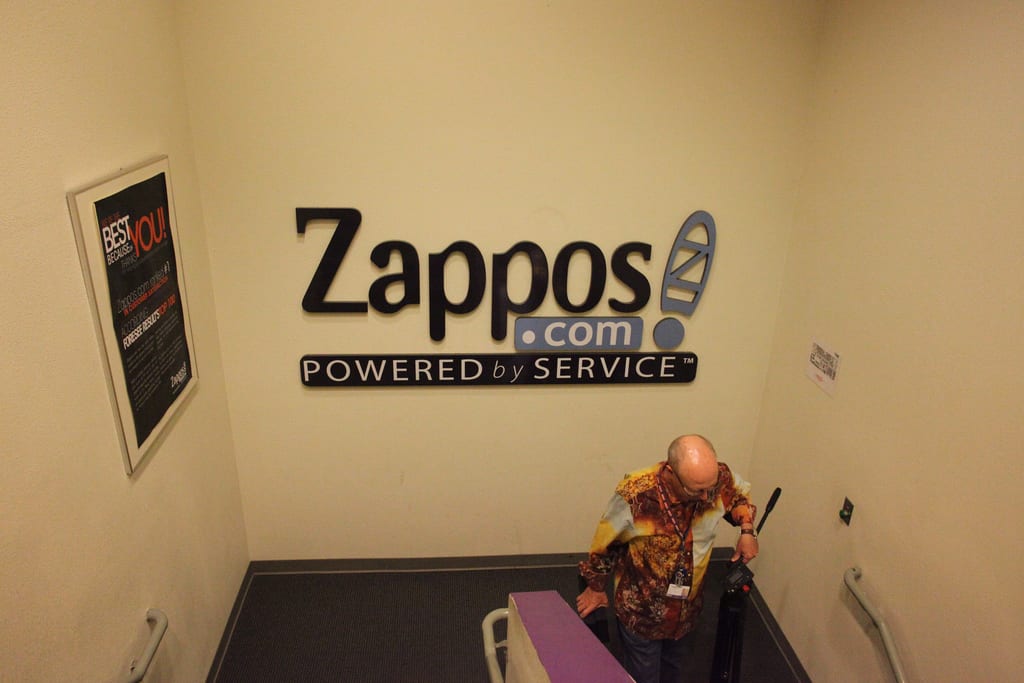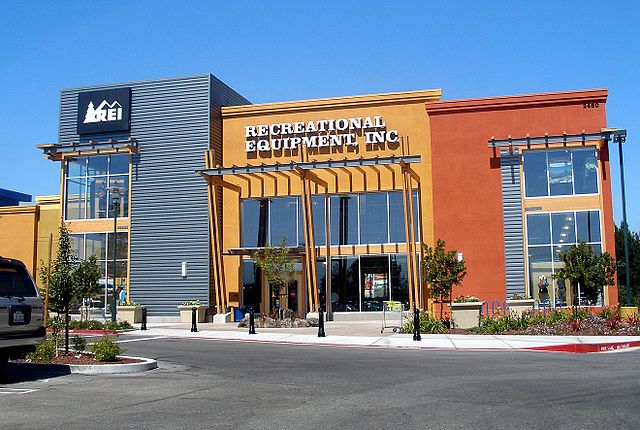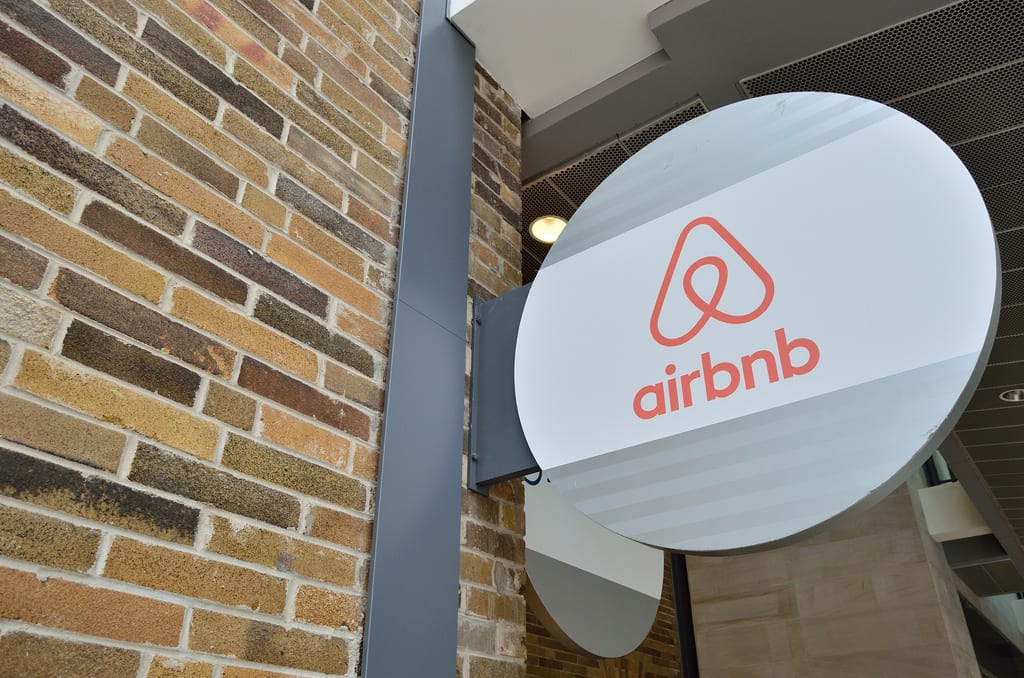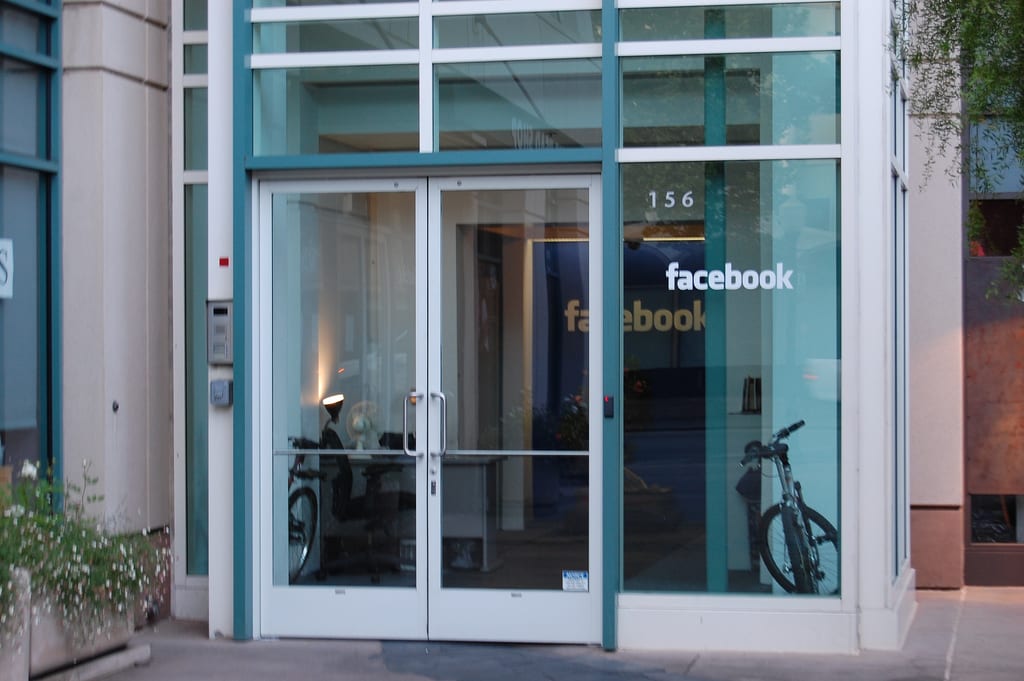Culture is no longer just an HR buzzword; it’s something that drives elite companies.
If organizations want to compete for the top talent, they need to have an enjoyable, supportive, and worthy company culture. Employees don’t want to go to a stressful office every day.
They want to enjoy their jobs and feel that their work has some greater purpose. These 11 companies have outstanding company cultures that every organization should strive to emulate.
1. Zappos
Zappos ensures it cultivates their preferred culture beginning with the hiring process. Each Zappos candidate starts his or her recruitment process with a cultural fit interview.
This interview carries half the weight of whether the candidate is hired. Additionally, employees receive raises from passing skills tests and demonstrating increased capabilities, rather than from office politics. Zappos also commits a share of their budget to team building and culture promotion.
How to Emulate: Make sure your hiring process includes how each candidate would fit into the workplace culture. If they are applying for the job chances are they have the skills and knowledge to do it, but they may not be the correct fit for your organization’s culture.
2. Google

Google offers employees a robust list of employee benefits and perks such as free meals, employee trips and parties, financial bonuses, gyms, free shuttle services, and dog-friendly environments.These perks have now become commonplace for startups in the tech industry.
Still, it is what Google has done with these perks and benefits that set them apart, even as they continue to grow. Google has used these benefits to maintain a culture promoting drive, creativity, and competitiveness.
How to Emulate: Make sure your employees work and play hard. Having all of these perks is a nice way to recruit, and makes work enjoyable, but you have to hire employees who will be motivated by the perks and work as hard as they play.
3. Warby Parker
Warby Parker has a team of employees dedicated to promoting a positive organizational culture aptly called “The Culture Team.”
This team is responsible for setting up themed luncheons, company outings, and other events. The Culture Team also has a part in the candidate screening process to ensure that the cultural lifecycle continues through every new employee.
How to Emulate: Your company doesn’t need its own “Culture Team”, but you should make sure that managers and HR professionals understand the company culture. If they don’t understand the company’s culture, they won’t be able to promote and reinforce it.
Managers and HR professionals need to play an active role in the culture; they are responsible for planning and getting employees to participate in culture-building events.
4. Southwest Airlines

Southwest has been able to communicate its goals and vision effectively to its employees. This ability has been crucial to making employees feel as if they are part of a unified team. The company also encourages employees to go the extra mile to ensure customer satisfaction, which empowers employees.
How to Emulate: Instill your business’s values and goals in each employee. Getting employee buy-in is vital to having a consistent organizational culture. Giving employees more freedom to make decisions is another good way to achieve employee alignment with organizational goals.
5. Chevron

Chevron’s cultural strength comes from its care for its employee’s well-being. The company created the “Chevron Way” which encourages employees to dedicate themselves to safety and watch out for other team members.
Chevron also offers employees on-site health and fitness centers, health-club memberships, massages, personal training, and insists that employees take regular breaks.
How to Emulate: Create a safe workplace and invest in your employee’s health. Making sure that your employees feel safe is fundamental to your company being a productive work environment. Investing in your employee’s health shows you care about them and will go a long way towards the employee’s being satisfied with their job.
6. SquareSpace 
SquareSpace offers an extensive variety of benefits and perks including full coverage of health premiums, flexible vacations, catered meals, stocked kitchens, monthly celebrations, relaxation spaces, and guest lecturers.
Arguably its biggest draw, though, is the company’s flat, open, and creative culture. Employees at SquareSpace feel management does not muffle their voice. This open structure goes a long way towards making employees feeling engaged.
How to Emulate: Give employees a voice. Even if your company is not a flat organization (one with little to no levels of management), you should strive to keep staff communication as open as possible.
Employees want to feel as if they have a voice, and their voice is heard. Giving employees a voice empowers them and improves company-wide morale.
7. Twitter
Twitter has created a friendly and team-oriented culture. Many Twitter employees cite their fondness of working with other smart people, the fact their work has a larger meaning, and the sense of nobody leaving until they all finish their work as reasons the company’s culture is so outstanding.
How to Emulate: Hire employees who share similar values, and encourage teamwork. If employees share similar values and enjoy being part of a team, it will help to foster a team-oriented culture. If you share similar values as your colleagues and believe in your work, it’s more likely you will give maximum effort and do all you can to help your coworkers.
8. REI
REI is an outdoor equipment company whose culture is all about employee immersion. The company credits its success to its employees. It strives to allow workers to engage themselves in the company culture.
They do this by allowing employees to win gear by submitting challenging adventure proposals, holding town hall meetings where employees can submit anonymous questions and more.
How to Emulate: Engross your employees in the organization’s culture. When employees share the same interests as and immerse themselves in the company, the organization’s culture is strengthened. Hire employees who share the interests your business supports.
9. Facebook
Facebook offers similar perks to Google such as free food, stock options, and on-site laundry. What Facebook also provides is a culture that focuses on personal growth.
The company does so through encouraging learning and open communication. Facebook has created open-office-spaces, separate buildings, and outdoor roaming spaces to promote these cultural values.
How to Emulate: Encourage employee development. Employees want opportunities to grow themselves both personally and professionally. Investing in a culture of personal growth helps to both recruit and retain talent.
10. Airbnb
The strength of Airbnb’s culture is its insistence on open and honest, two-way communication. Their rule of thumb is that no employee should hear about anything externally until they’ve told them about it internally.
Airbnb promotes communication through such things as bi-weekly world meetings and their company intranet.
How to Emulate: Communicate with your employees. Employees want to feel like they’re in the loop. Opening some form of a communication line for employees to utilize (such as regular meetings, or an intranet) is a way for employees to both send and receive information.
This line of communication, in turn, will help employees to feel more involved with and connected to the organization.
11. Adobe

Adobe’s cultural strength is the company’s trust in its employees. Adobe maintains this trust by challenging its employees and avoiding micromanaging.
The company tests its employees and encourages them to take on complicated projects. It then gives them the confidence and support to accomplish these ventures.
How to Emulate: Trust your employees. Placing trust in your employees gives them the independence and confidence to accomplish tasks they otherwise wouldn’t have. This trust helps to improve your culture and grow your business.
The Wrap
These 11 companies are sterling examples of how an organization’s culture can aid in its success. Each business has a different culture, yet they have all been effective at recruiting, hiring, and training employees to engage in their company culture.
Learn from the achievements of these cultures and shape one that fits your company.




